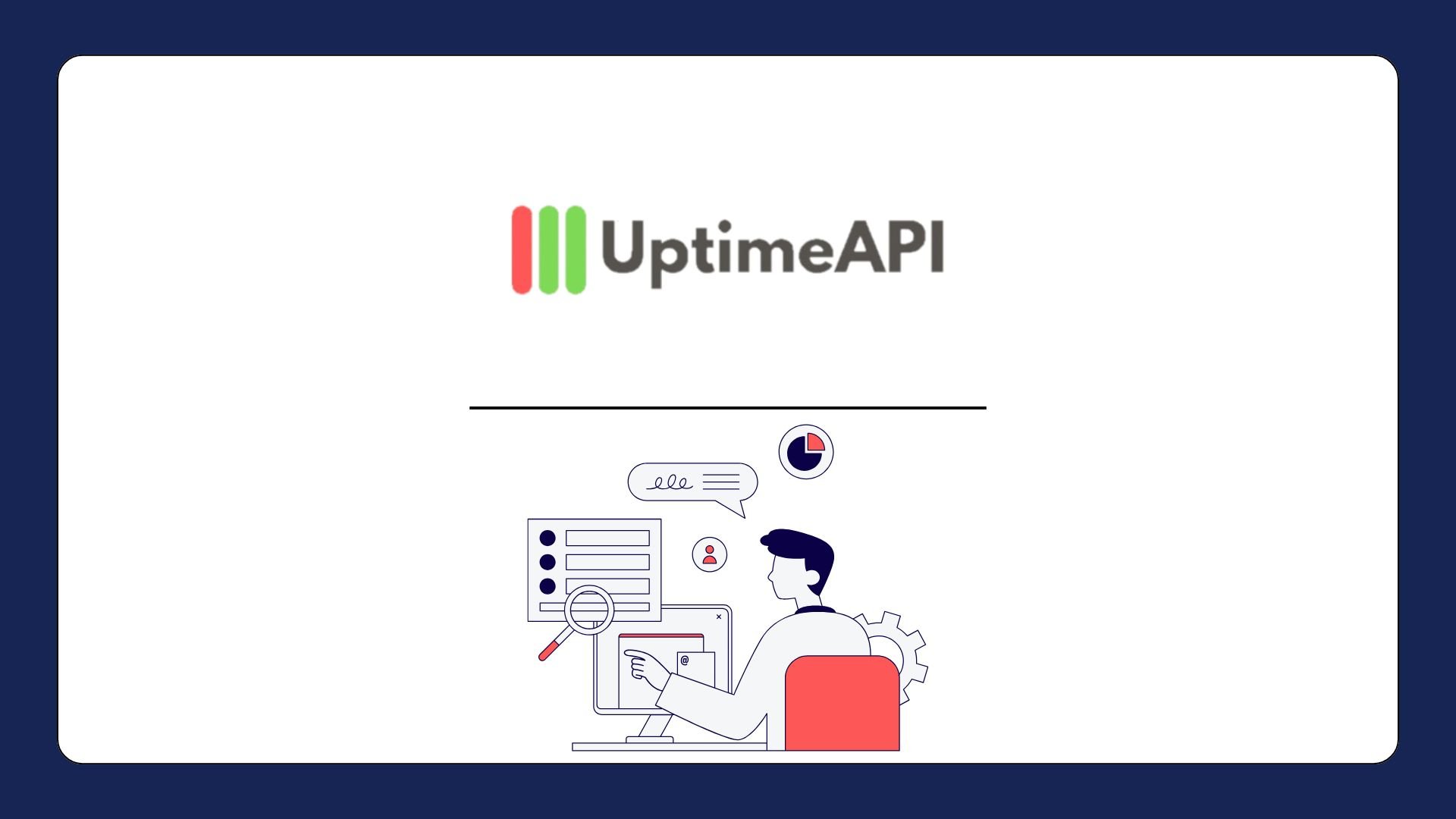API Performance Tracking Tool To Boost Your Application

One of the most critical aspects of managing APIs is ensuring they are running smoothly, with minimal downtime and optimal performance. This is where API performance tracking becomes indispensable. With the right tool in place, like Uptime API, you can monitor your API’s performance in real-time, ensuring that your application runs smoothly, meeting the high expectations of today’s users.
API Performance Tracking Tool To Boost Your Application
The user experience can be made or broken by the speed at which your APIs operate in the modern digital world. APIs are the foundation of modern applications, whether they are used to power mobile apps, manage backend services, or connect different data points throughout your system. Making sure that APIs are operating smoothly, with little downtime and maximum performance, is one of the most important parts of maintaining them. Tracking API performance becomes essential at this point. With the correct solution, such as Uptime API, you can keep an eye on your API's performance in real time, making sure your service functions properly and lives up to the high standards of today's users.
API performance tracking is therefore essential for maintaining a smooth and consistent user experience. Imagine an online shopping platform where payment APIs fail intermittently. Every time a transaction fails, the business loses a customer and risks tarnishing its brand image. Therefore, monitoring API uptime and ensuring that these crucial services remain functional and responsive at all times is a non-negotiable part of modern app development.
What is the Uptime API?
Uptime API is a powerful performance tracking tool that specializes in monitoring the uptime and overall health of your APIs. Designed for businesses that rely on real-time data and high-performance applications, Uptime API ensures that developers can easily track the performance of their APIs, receiving instant feedback and alerts when something goes wrong.
By integrating this API into your development and production workflows, you can monitor real-time metrics like response time, uptime, and error rates. This tool not only helps to identify performance issues but also allows businesses to act proactively by setting up alerts and notifications that warn them about impending issues before they escalate.
Making sure your APIs are always accessible when needed is the main advantage of utilizing Uptime API. Even a brief outage can lead to bad user experience, lost income, and reputational harm. Businesses can reduce these risks by using the API to get real-time data and warnings that help them address problems efficiently.
Moreover, teams of all sizes can use it due to its simple setup and integration process. Uptime API is made to fit your demands, whether you're a big company overseeing a complicated network of services or a tiny startup with just one API. Because of the platform's scalability, it can expand with your company and make sure that your API performance is continuously monitored as your infrastructure changes.
Reliability is one of the most crucial aspects of application performance. In this regard, Uptime API shines by giving companies the resources they require to guarantee that their APIs are always accessible and online. The API's real-time warnings and ongoing monitoring enable developers to promptly detect and fix problems, frequently before they have an impact on consumers.

